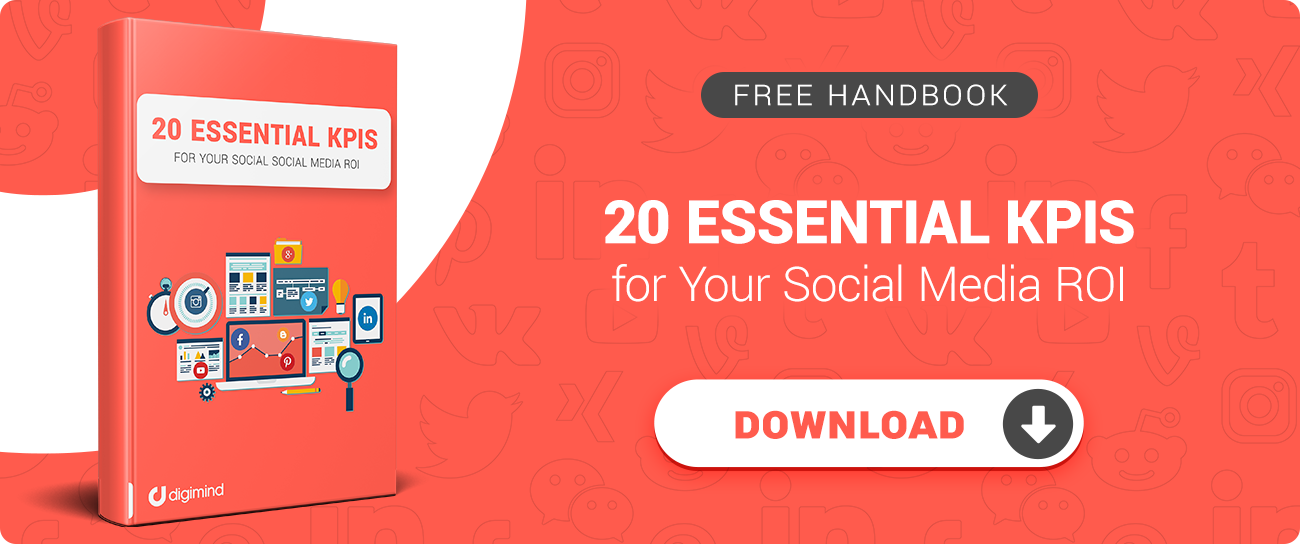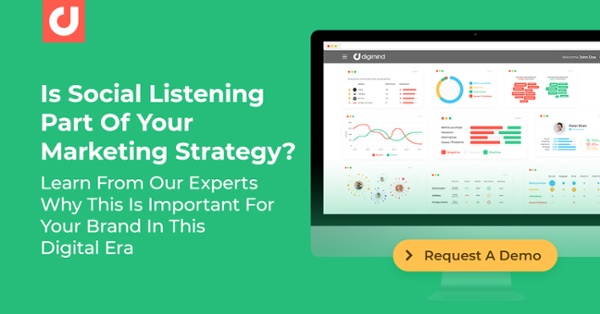What Are The Types of Social Media?
Social media isn’t the one-size-fits-all type of service. There are different types of social media services that cater to different needs and accommodate various types of content. While some have overlap features, others are more specific in their use and the kind of services offered. As a brand or marketer, knowing the different types of social media is key to connecting with the right audience. It also influences the kind of content you use to connect with your audience.
Some social media platforms also have more active users daily and monthly than others. First, knowing what you want and the goals you hope to have through social media will help you in choosing the right type of social media platform. Also, engagement rates and means vary across all these platforms. To understand the types of social media, we must first understand what social media is in the first place.
Social media can be defined as any platform that allows you to share media such as pages, videos, or text in different formats. These platforms allow you to connect and communicate with people you know and even those you don’t know. Social media sites are now being used by businesses and marketers to reach a wider audience and sell their brands, products, and services. Marketers and business owners can now advertise products and services to many different people online to maximize the full potential of social media. The main factor that distinguishes the different types of social media is the type of content. So, with this, we will dive into the various types of social media.
1. Social Networking Sites
These are sites mainly used for connecting with friends and family. They focus more on person-to-person conversations. Aside from personal conversations, these platforms encourage knowledge sharing. These platforms accommodate the different types of content formats from text to photos, videos, and other creative forms of content. They are considered the center of communication and a jack of all trades.
Users are able to create unique interesting content, share their thoughts, and create groups based on similar interests. These sites are user-centered and are built around the social needs of the users and everything that is important to them. Businesses and marketers can fully maximize these platforms because they provide an immense amount of data. Also, they are able to reach the right people through adverts with specific metrics and demographics. They also provide the opportunity to engage with users which helps people connect with your brand on a more personal level. Some of such platforms include Facebook, LinkedIn, and Twitter.
2. Image-based sites
Image-based types of content have gained more prominence in recent times. Content like infographics, illustrations, and images capture the attention of users more. Social media apps like Pinterest, Instagram, and Snapchat are designed to amplify the sharing of images. They say a picture is worth a thousand words, and using this can have lots of positive effects.
As a business, you can encourage your audience to generate unique content as a way of engaging with your brand. You can also use pictures to tell personal stories, inspire, and engage with your audience. Businesses can also use these platforms to boost sales through shoppable posts and images. Platforms like Instagram and Pinterest allow business accounts to post images that are linked to their shoppable items. Users are notified when they come across a post with a shopping link and can proceed to the merchant store to complete their transaction.
3. Video sharing/streaming platforms
Video content is one of the most captivating and engaging forms of content. Marketers and businesses have said that they have seen tremendous benefits in using videos. This form of content aids assimilation and understanding, hence why it is largely preferred by users. One major platform that reshaped how people interact with video content is YouTube. With over one billion active users monthly, the platform sometimes serves as a search engine for most users.
People often search for all kinds of things and find video content that answers their questions. As a business or brand, this kind of content can be used to engage with customers, promote a new product, answer questions, or shed light on features and packages. There are many ways businesses can benefit from such platforms. Aside from having a channel and putting out content, marketers can advertise on these platforms as well. Ads are placed in between videos and advertisements have said they have gotten higher click rates.
4. Discussion forums
Discussion forums are very essential because they allow users to ask questions and get answers from different people. These platforms are designed to spark conversations based on shared interests or out of curiosity. Some of such platforms include Quora and Reddit.
Although people are not as identifiable on these platforms as others, the knowledge and value provided are what makes such a platform relevant. Businesses can get a better understanding of how people feel about certain products, services, or topics pertaining to their niche. It is a way to get unfiltered thoughts and be part of everyday conversations your customers have around certain issues. These platforms can be used to conduct research or answer whatever questions people may have about your industry.
5. Blogs and community platforms
Blogs are a great way for businesses and marketers to reach and provide credible information to their target audience. Platforms like Tumblr and Medium allow users to create a community where people with similar interests can follow them and read all they have to say about certain topics.
Businesses can create blogs on these platforms or on their website to provide more information about the brand. Curating content that also answers questions and allows customers to freely express their views not only establishes you as an expert but also shows your brand is relatable.
Key Takeaways
There are different types of social media that serve various needs and social purposes. Tapping into all these platforms have to offer and making the most of them can enable businesses not only to reach their desired audience but achieve their business goals. There are no strict rules or ways for which some of these platforms can be used and so it is left to you to think up creative ways of connecting with your audience. Content can be used and repurposed across multiple platforms to save yourself the stress and ensure your brand is uniform across all platforms. Try out the different types of social media and find out which is best for your business.


